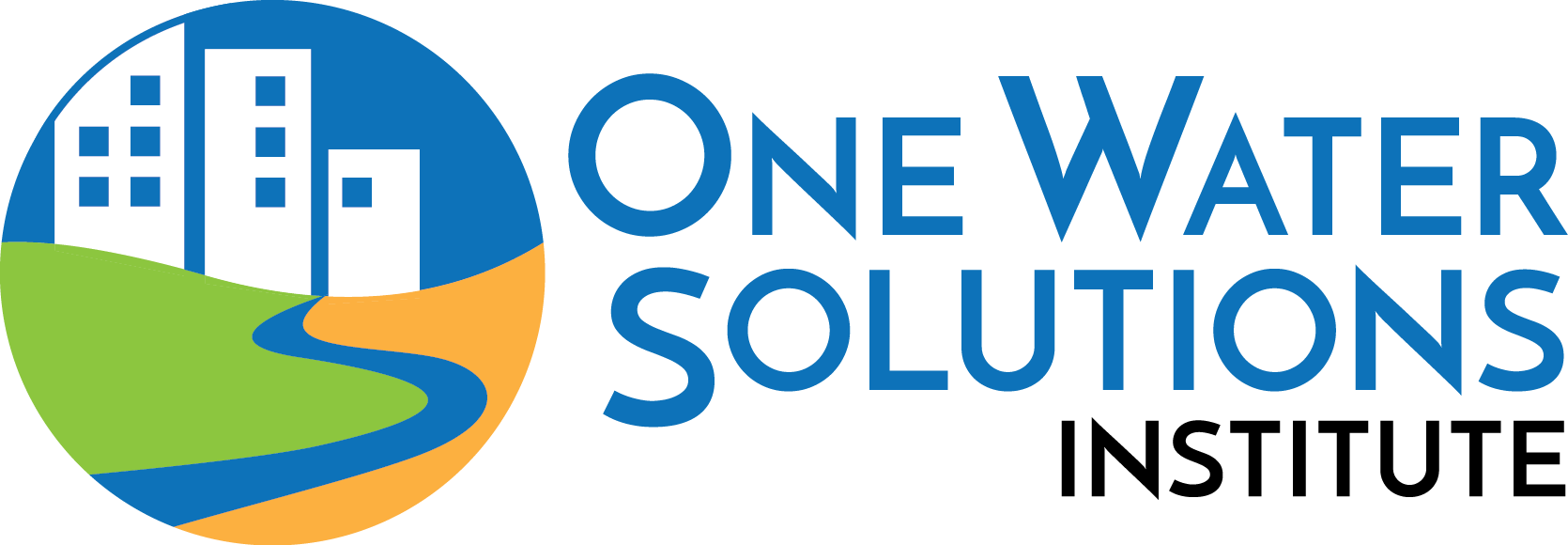Denver, Colorado
Quick Facts
| Population Served: | ~1,400,000 |
| Average GPCD: | ~90 |
| Drinking Water Provider(s): | Denver Water |
| Wastewater Provider(s): | Metro Wastewater Reclamation District Denver Department of Wastewater Management |
| Stormwater Provider(s): | Denver Department of Wastewater Management |
| Primary Freshwater Source(s): | South Platte River, Blue River, Williams Fork, Fraser River |
Denver is a major city in the Southwest with a quickly growing population of approximately 1.4 million. Denver also markets itself as a leader in environmental stewardship with projects like the biomass gasification systems at the Denver Zoo or the 4.4 megawatt solar power system installed at Denver International Airport. This stewardship carries over to their water service providers.
Denver Water provides drinking water for the city and many of the surrounding communities. In recent years Denver Water and the Colorado Department of Public Health and Environment have both acknowledge the importance of watershed source protection, and in 2010 Denver Water partnered with the US Forest Service to keep nearly 100,000 acres of source water Forests healthy. While Denver Water has a robust water portfolio, climate variability, rapidly developing urban areas, population growth, and a strong economy have significantly influenced the supply and demand for water in the region. Water supply development, water conservation, and the use of non-traditional sources of water have been proposed to reduce the gap between water supply and demand.
Stormwater services for Denver are provided by the Department of Wastewater Management. And wastewater is managed by both the Department of Wastewater Management and Metro Wastewater Reclamation District, the latter of which runs the treatment facilities.
Water Supply and Treatment
Denver Water’s collection system covers approximately 4,000 square miles and includes reservoir capacity of nearly 700,000 acre-ft. Of the total water treated each year (approximately 184,000 acre-ft), 1/3 is sold to other municipalities. Of the water remaining in the Denver Water system, roughly half is used by single family homes, 20% is used by multifamily homes and 23% is used by business and industry. The quality of drinking water supplied by Denver Water is considered very good, which is verified by an annual water quality report and extensive water sampling.
Denver Water has two large drinking water treatment facilities, Marston and Moffat. The vast majority of the water treated in Denver originated as snowpack in the Rocky Mountains. As such, Denver Water constantly monitors snowpack and water supply conditions, as well as the health of the larger watershed.
Wastewater Treatment and Recovery
Wastewater in the city of Denver is managed by the Wastewater Management Department and Metro Wastewater Reclamation District. Metro Wastewater Reclamation District is the wastewater treatment authority for most of Denver and is a stand-alone special district formed by the Colorado legislature in 1961. Metro consists of two large treatment facilities, Robert W. Hite and Northern Treatment Plant, as well as a 52,000 acre farm where biosolid fertilizer from the treatment process is utilized in field crop production.
Non-Potable Water Systems
Denver Water also operates the largest water recycling facility in Colorado, which can treat roughly 30 million gallons a day. This recycled water can then be used in irrigation or industrial application.
Stormwater Management Systems
Stormwater in the city of Denver is managed by the Wastewater Management Department, which is generally funded through stormwater fees. Fees are determined by a property’s characteristics, where large impervious surfaces increase rates commensurate with the increase runoff they create. Additionally, the City plans to make green infrastructure a fundamental part their stormwater management strategy, “by looking at ways to incorporate large-scale green infrastructure with small or site-scale green infrastructure.”
Surface Water
Denver’s water supplies are largely comprised of surface water, with significant amounts coming from the South Platte River, Blue River, Williams Fork, and Fraser River. Denver’s surface water supplies are stored and distributed through a massive system of pipes and reservoirs, which store almost 700,000 acre-ft of water. The largest of these reservoirs is Dillon, which diverts water through from the west side of the Continental Divide to the east, where the majority of Colorado’s population lives.
Aquifer
While a small number of groundwater wells exist, large scale aquifer pumping does not exist in the city.

